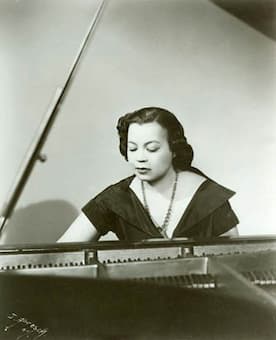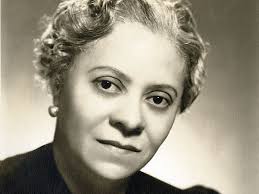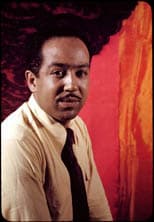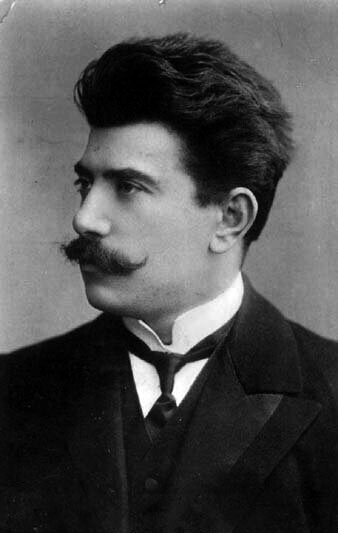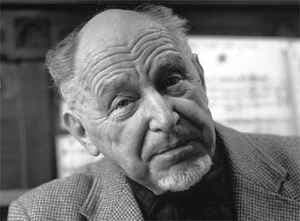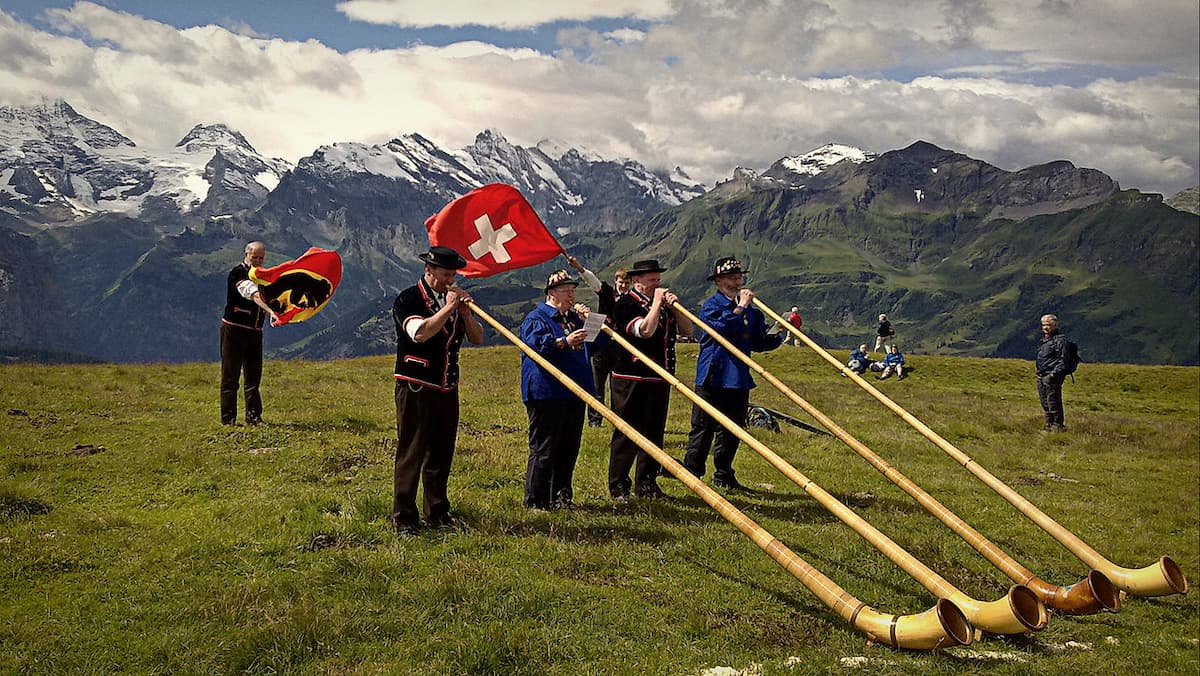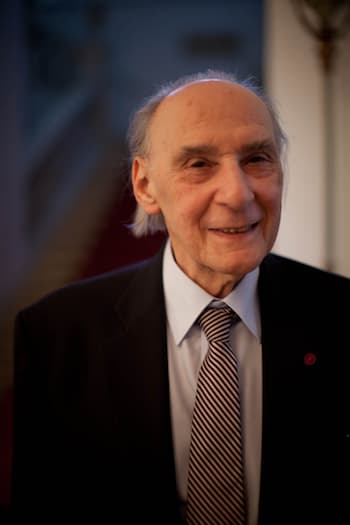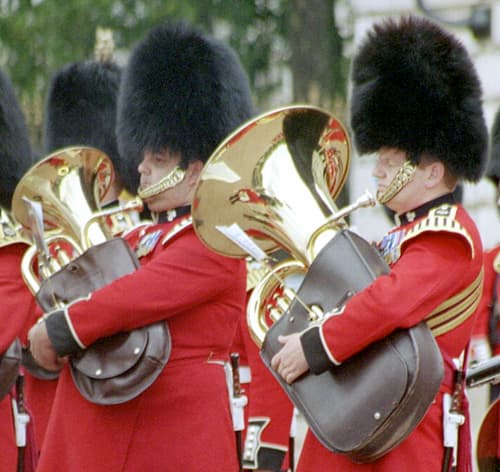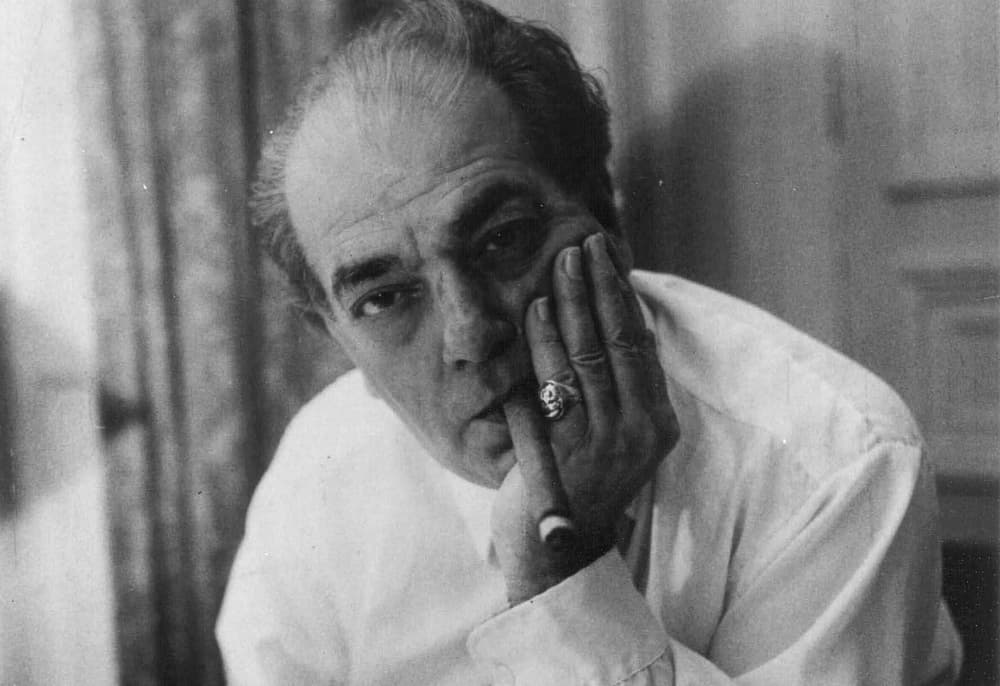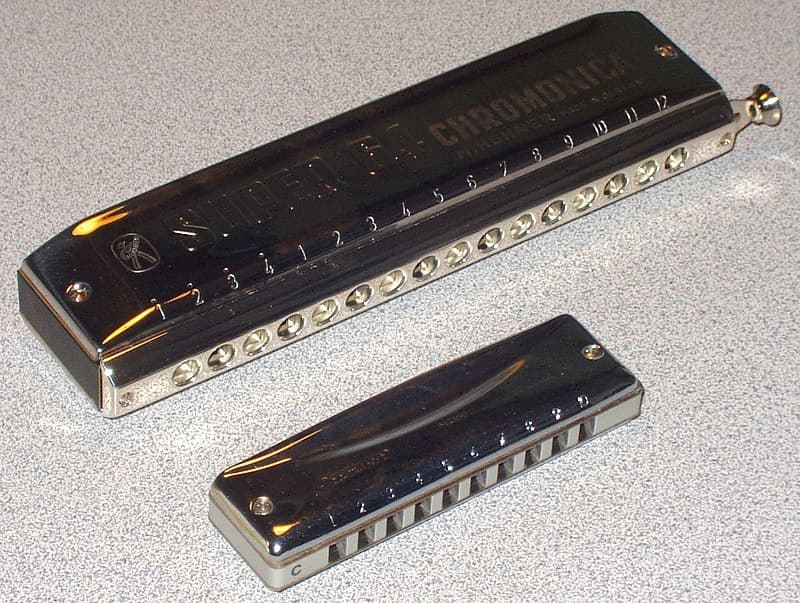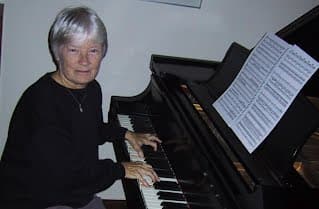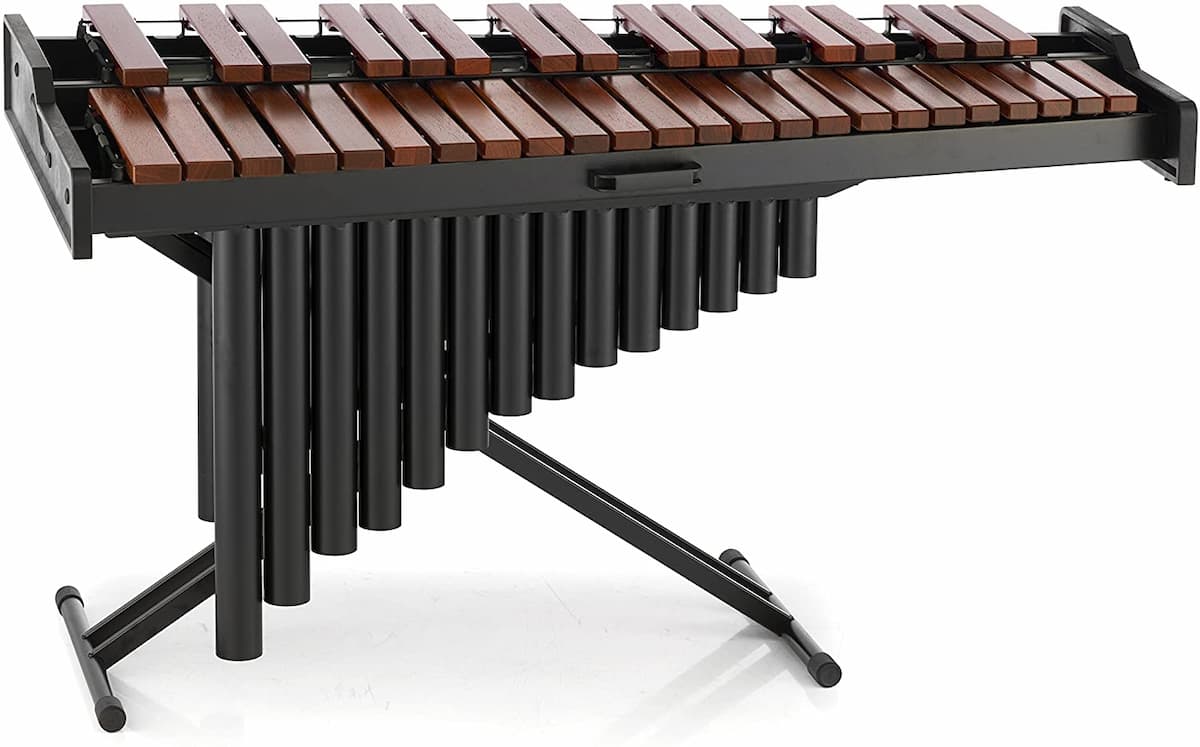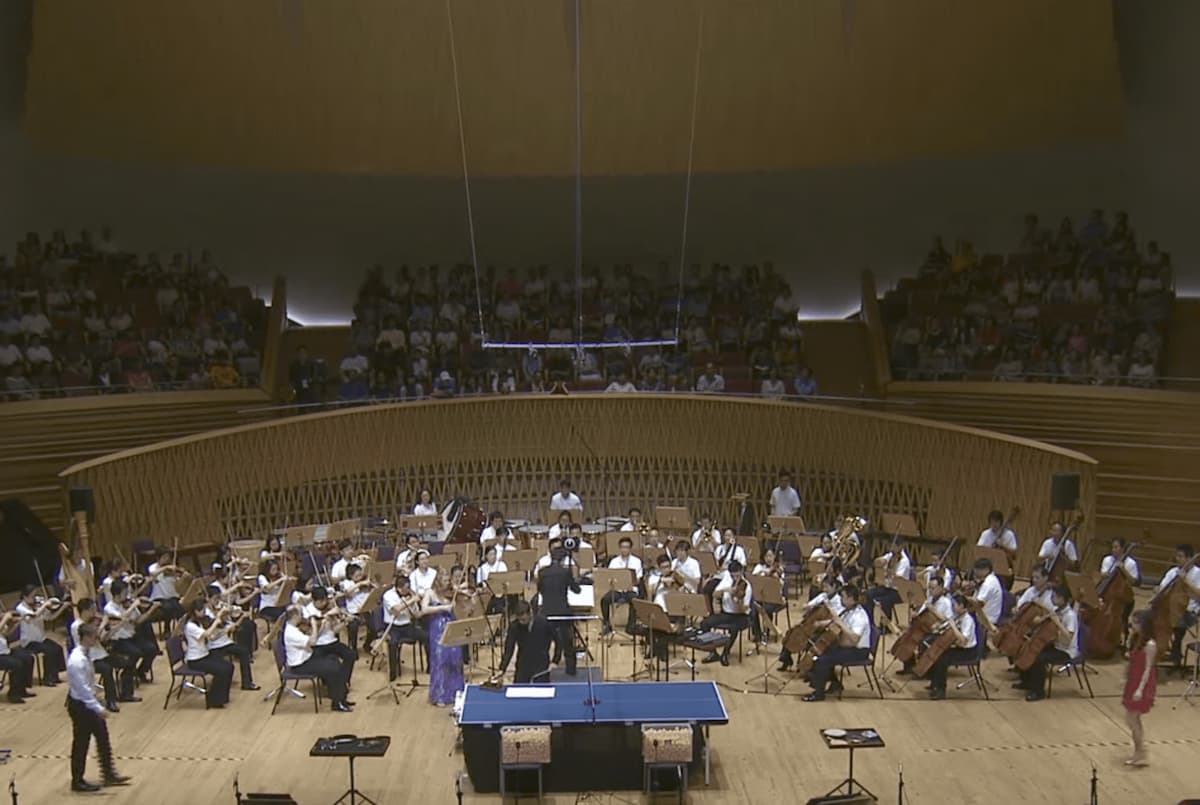AT A GLANCE
Cecile revealed she would treat music fans to new songs at the concert.

Cecile Azarcon's story as a singer and songwriter began when she was 19. At this age, she wrote the powerful, inspirational song "Lift Up Your Hands," which was popularized by Basil Valdez.
"Ang daming storya ng 'Lift Up Your Hands.' That's the song that ushered in my music career. Who would have thought an inspirational song would be played on the radio?" recalled Cecile during a recent Zoom from California with the entertainment media. Cecile is set to celebrate her 45th anniversary in the music business with an all-star concert at The Theatre in Solaire on May 24 and 25.
After 45 years in the music industry, Cecile can still vividly recall how she created this smash hit.
"When I wrote that song, words and music came to me in 10 minutes. It's a divinely inspired song. I didn't even have a Bible in front of me. Hindi ako nag bukas ng Bible tapos sinabi ko, 'Uy maganda itong verse na ito magawa nga ng kanta.' I didn't have an idea that it was based on Matthew 11:28.
"May alam naman ako sa Bible. Somehow lumabas na lang yun. I was on the phone with a friend of mine. She's the daughter of our pastor. Mahirap kapag pastor's kid ka. Marami pa ring challenges. She was troubled at that time, so I told her not to do anything drastic and I prayed for her. After we put down the phone, the words and the music came about.
"So excited ako. And I was hanging out at Vicor or Blackgold Records yata. And there was a piano. Kapag may piano nangangati ang kamay ko. So I played the song. Hindi ko alam dumadaan si Basil Valdez. Nakikinig na pala siya sa labas ng pintuan.
"After I sang the song, pumasok siya at sabi niya, 'What's that song?' Sabi ko it' nothing. Then sabi niya, 'Well, I'm doing my first English OPM album. Can I include it?" Tuwang-tuwa ako. Hindi ako makapaniwala. Kasama yan sa album niya na Corner of the Sky. Ang 'Lift Up Your Hands' nasa Side B. It's not even the carrier of the album.
"Tapos wala siyang payola. Hindi siya tinutugtog sa radyo. This DJ naman (George Poon) got into trouble with the station manager for playing 'Lift Up Your Hands.' It's not on the playlist. He broke the playlist rule. It became an overnight success so pinatawad siya ng boss niya. He wasn't fired. And the rest is history," Cecile said.
Now living in the US, Cecile was amazed that she was still part of the music industry after 45 years.
"Masayang-masaya ako. I cannot contain the joy and gratitude I have in my heart. Kasi wala naman nag-expect na aabot ka ng 45 years in your career lalo na sa music industry. Yung ibang kasabay ko mga ka-contemporary ko wala na like Willy Cruz, Rico J. Puno, George Canseco. Inabot ko pa si George. We used to hang out at Vicor.
"I am grateful. And I feel bad dahil yung iba hindi nabigyan ng ganitong pagkakataon na mabigyan ng tribute. Siguro nabigyan man pero wala na sila," she said.
(I am grateful. And I feel bad because the others were not given this opportunity to be given a tribute. Maybe they were given, but they are gone.)
Cecile once joked with pop diva Kuh Ledesma about arranging a concert tribute in her honor.
"Niloloko ko nga si Kuh Ledesma noon. She recorded most of my songs. Sabi ko, 'Kuh baka naman bibigyan mo ako ng tribute kapag patay na ako. So she gave me one in 1988. It was the first concert that featured all Azarcon songs at the Music Museum. I'm so happy na yung mga kanta ko kinakanta nila sa karaoke and nire-revive pa rin," she said.
(I was telling Kuh Ledesma then. She recorded most of my songs. I said, 'Kuh, maybe you will give me a tribute when I am dead.' So she gave me one in 1988. It was the first concert that featured all Azarcon songs at the Music Museum. I'm glad they are singing my songs at karaoke and are still reviving them.)
In 2013, Cecile's song "One More Try" became the Kapuso series "My Husband's Lover" theme, starring Dennis Trillo, Tom Rodriguez, and Carla Abellana.
Kuh, who was also part of the series, convinced Cecile to use the song in the primetime series. Cecile was okay with her music being included in a gay-themed project.
"I'm very open-minded naman. At maganda ang naging kwento ng series. In fact, ang nag convince sa akin na gamitin yung kanta for that teleserye was Kuh Ledesma. She was part of the series, playing a mother. I'm very happy na nabuhay muli ang kanta because of that serye," Cecile said.
"One More Try" came when she had been writing depressing songs. She needed to write songs that conveyed positive thoughts.
"One of my favorite songs is 'One More Try.' I wrote that for my sister. I hope she won't mind if I share it. My older sister was going through a difficult time in her marriage.
"I just realized na ang dami ko ng songs na isinulat pero depressing. So parang gusto ko naman magsulat ng something positive. Nagdasal naman ako. Sabi ko, 'Lord, bigyan mo naman ako ng song na positive.' That's how 'One More Try' came about. Huwag kang mag-give up. You hold on," she added.

Songs for other artists
Cecile has been approached by some artists who asked for songs, but she has yet to offer anything. She had to decline because the songs needed to match their personality.
"It's always a privilege when a singer approaches me and asks for a song. Hindi naman ako mapili na dapat sikat ka or may pangalan ka. I have given songs to total unknowns, and it doesn't matter. Minsan hindi ko alam ang kahihinatnan ng kantang binigay ko. Basta magaan ang loob ko, mabait siya, gusto kong tulungan, bibigyan ko talaga ng kanta.
(It's always a privilege when a singer approaches me and asks for a song. I'm not picky that you must be famous. I have given songs to total unknowns, and it doesn't matter. Sometimes, I don't know the outcome of the song I gave. As long as I'm happy, they are kind, and I want to help, I'll provide them with a song.)
Cecile mentioned being friends with the late singer Rico J. Puno and Divine Diva Zsa Zsa Padilla, but couldn't provide any of their songs.
"Isang tao na may sama ng loob sa akin ay si Rico J. Puno. He's also my kumpare. He's been asking for a song and wala talaga akong maibigay sa kanya.
"But I was touched and blessed because nakausap ko yung anak niyang si Tosca. When Rico was in his death bed, the last song that he sang, na pinakanta niya sa mga anak niya, was 'Lift Up Your Hands.' Sayang sana binigyan ko siya ng kanta.
"Si Zsa Zsa Padilla naman she did a video noong birthday ko. Nag sentiment din siya na hindi ko raw siya nabibigyan ng kanta. I was thankful when she said yes as one of the singers who will interpret my songs.
"Zsa Zsa is also a good friend. She was just a voice student when she was starting. Noong humihingi siya ng kanta, hindi ko talaga siya mabigyan. Pero noong meron na akong kanta, hindi naman siya nag re-recording. So it was not yet meant to be. I hope in the future I would be able to give songs na babagay sa kanila," Cecile said.

Writing songs
Cecile disclosed that some of her greatest hits were composed in just a few minutes. And she was inspired when she wrote these songs.
"Kapag inspired ka, walang effort. May flow lang. You picture the moment. Kapag tumagal ka ng tumagal, hindi na inspiration yun eh. Pwersado na. Kadalasan kapag lumagpas na ng isang oras, tumitigil na ako.
(When you are inspired, there is no effort. There is only flow. You picture the moment. When you take a long time, it is no longer an inspiration. It is forced. Usually, after an hour passes, I stop.)
"Sometimes it lands in the trash. Minsan may mga kanta na dapat balikan mo. Yung mga nag-hit yun ang mga mabilis ko lang talagang ginawa. So ang advice ko sa mga songwriters, kapag inspired ka sa moment na yun, huwag mo ng pakawalan.
(Sometimes, it lands in the trash. Sometimes, there are songs that you have to go back to. The hits were the ones that I made quickly. So my advice to songwriters is, don't let go when you're inspired in that moment.)
"There was even a time na nasa restaurant ako. I was having lunch with a friend, and then tinanong ko lang siya, 'Did you sleep well last night?' Sabi niya, "Yes, but with a heartache.' Alam mo sa table napkin nakasulat ako. You have to capture the moment," she said.
In some cases, Cecile treats herself or her best friends when her song becomes a hit or is featured in a movie or TV show.
"I treat my friends. Halimbawa may naghit akong kanta, or nafeature sa isang pelikula and then nabayaran ako, manlilibre ako or I treat them out.
"One time 'Ikaw Ang Lahat Sa Akin' was featured in a teleserye. Tamang-tama, from Seattle kaka-move lang namin sa California ng family ko. I remember I bought a grand piano. That's how I treated myself," she said.
Asked about the formula for longevity in showbiz, Cecile said: "Wala talagang nakaka-alam nyan eh. Ako rin hindi makapaniwala na tumagal ako ng 45 years. Ako I just wrote to express myself. Just be true to yourself. If it's meant to be, then it's meant to be.
"Sa akin, yung mga naghit, tulad ng 'Lift Up Your Hands,' 10 minutes (ko lang ginawa). 'How Did You Know' 20 minutes. Matagal na yung 30 minutes or isang oras para gumawa ka ng kanta," she said.

Making music for 45 years
Cecile said she was coming home to Manila on May 10. The last time she visited the country was in 2017. People thought her songs would only be featured in the concert, but she would be part of the tribute show. She revealed that she would perform new songs at the concert.
Kuh Ledesma, Janno Gibbs, Jam Morales, Fe de los Reyes, Jackie Lou Blanco, Mark Bautista, Timmy Pavino, and Isabella Gonzales will join Azarcon to perform her works in the concert.
Martin Nievera, Iwi Laurel, and Nicole Asensio will also participate in the celebration on May 24, and Ogie Alcasid, Zsa Zsa Padilla, and Katrina Velarde on May 25.
Among Azarcon’s other big hits are "Reaching Out" by Gary Valenciano and "Special Memory" by Iwi Laurel from the soundtrack of the movie Hotshots, "So It’s You" by Raymond Lauchengco from the Bagets soundtrack; "I Think I’m in Love," and "One More Try" by Kuh Ledesma; "How Did You Know?" by Chiqui Pineda and Valenciano; "Even If" by Jam Morales, "Sana ay Ikaw Na Nga" also by Valdez; "Ikaw ang Lahat sa Akin" by Martin Nievera and others.
Cecile revealed she would treat music fans to new songs at the concert.
"Meron pa akong mga songs na nakatago pa sa baul at ipaparinig ko sa inyo. I have a song na kakantahin ko for my mom. She passed away in November 2021. She was just a few weeks shy of her birthday. The year after December 2022, pagpasok ko sa bahay, derecho agad ako sa piano. Wala siyang lyrics. Talagang piano lang. It's called 'Memories of You.' I'm going to play that at the concert.
"Of course, the people will be looking forward to the hits. Pero para sa akin, I want to impart something. That night is about making memories. I am making memories with all of you. Na minsan magkasama tayo. Parang kanta ni Florante. I want to share yung mga kanta ko na hindi pa naririnig. As in wala pang nakakarinig," she added.
